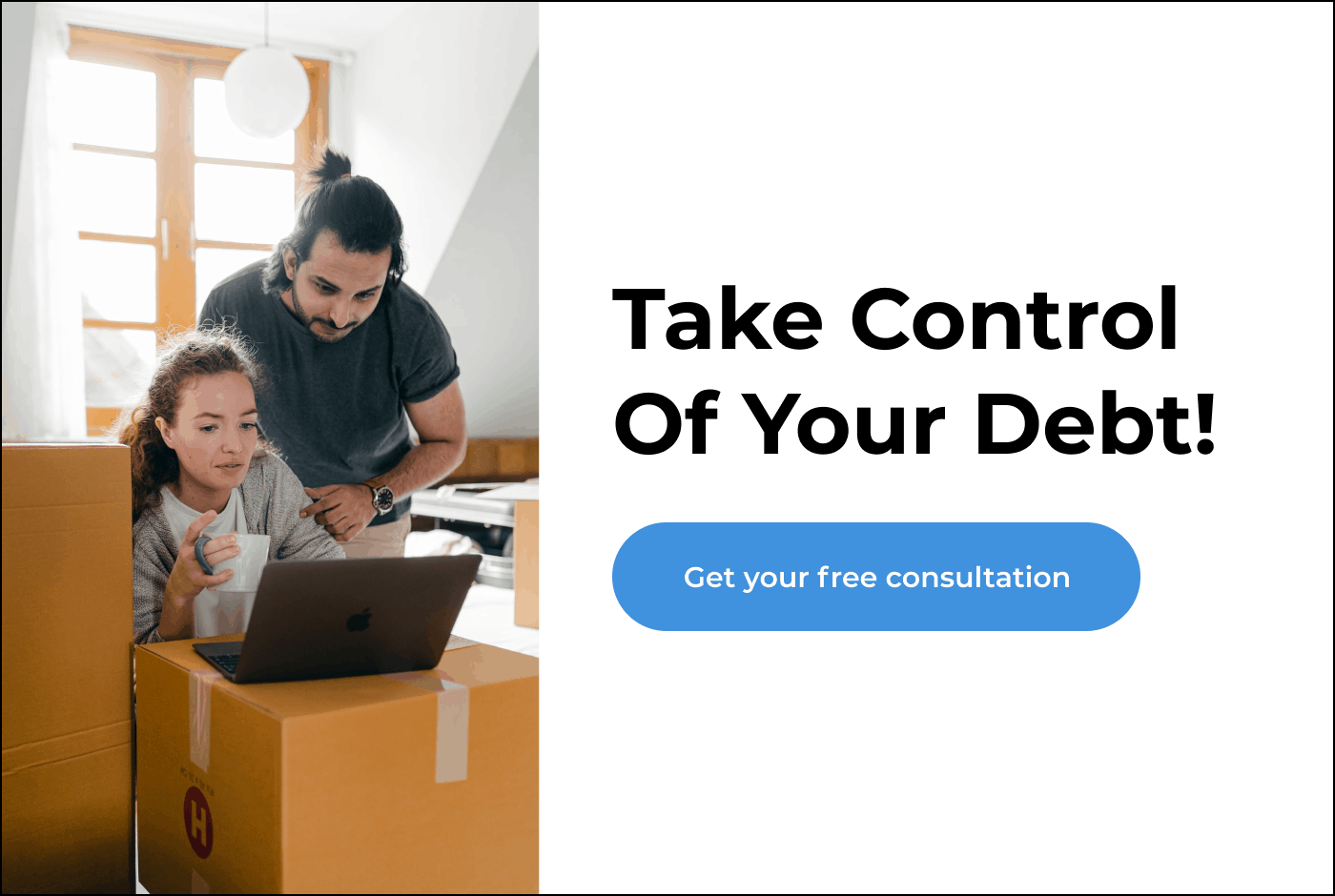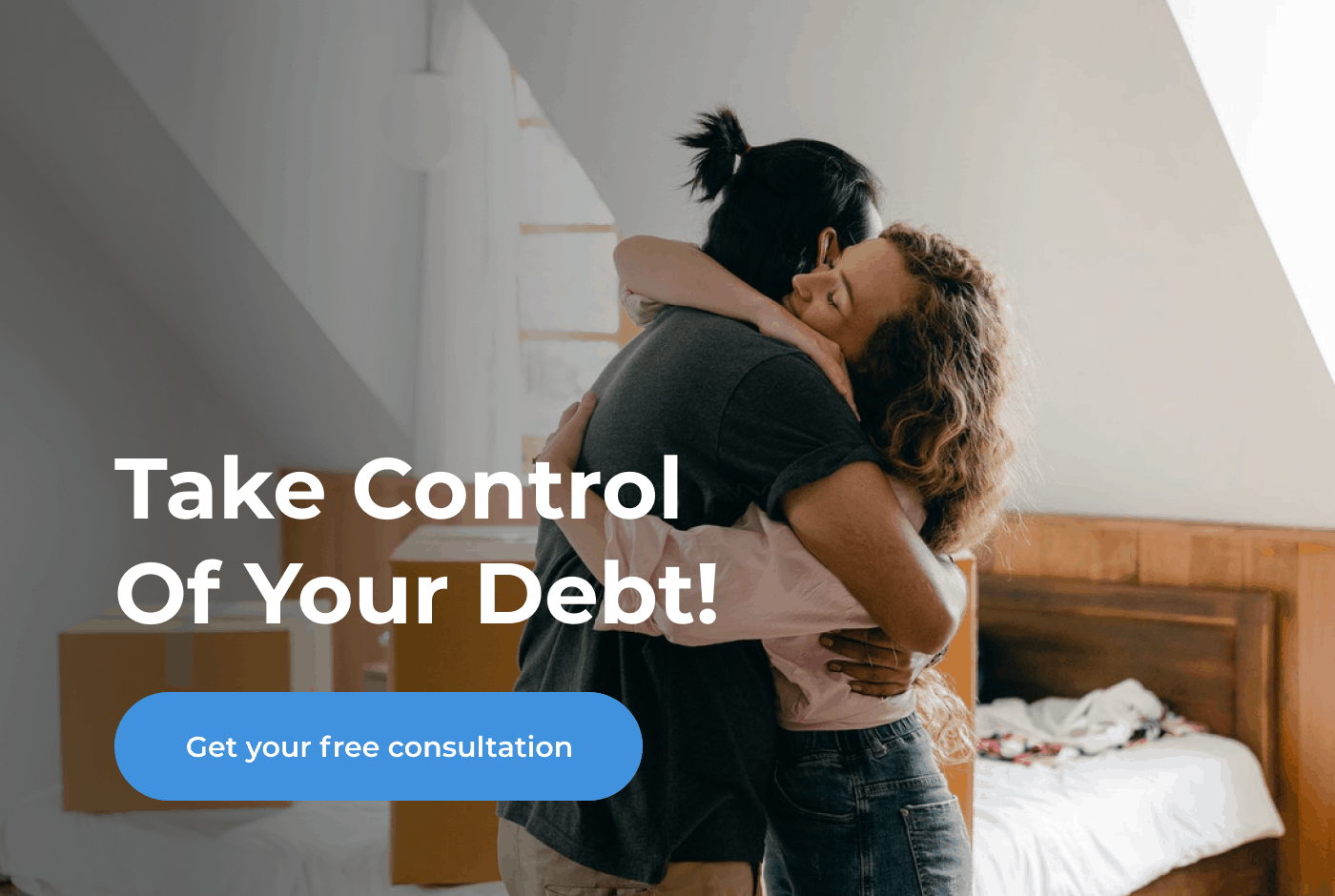Understanding How To Get Rid of Credit Card Debt
Posted on December 3, 2020 in Credit Cards
At first glance, credit cards can seem like an easy go-to solution to help when you’re running a bit short. Many of us are told the importance of having a credit card on hand, just in the case of an emergency so we don’t have to go without.
Is that how we’ve been using our credit cards, though?
Unfortunately, credit cards have given many users a false sense of available cash, causing a constant rise in credit utilization.
You Can’t Rush It
The reality is, you didn’t accumulate all of your credit card debt overnight, and it most likely won’t be paid off over night. Sure there are options like debt settlement, but is being debt free worth damaging your credit score? It’s important to take your time and work your way towards paying them off while focusing on cards that are costing you the most.
The average person has around 4 credit cards, including basic credit cards, rewards cards, store cards, and travel cards. Each card style comes with its own advantages to the customer, which should be noted and compared with the APR.
When evaluating your credit cards, it’s important to be able to look at your statements with confidence of what you’re paying.
Principal
When referring to principal, you’re looking at how much money you have actually borrowed. This is how much money you had spent, not looking at any charges or other occurring fees.
Interest
A word that often comes up when talking about credit or debt is interest. Interest refers to how much you will pay back to the lender for borrowing their money. This most commonly shows in annual percentage ratings, or APR, even if it’s paid monthly.
When dealing with APR, take your annual percentage and divide it by 12, which will give you your monthly interest payment. For example, if your APR is 14.5%, the U.S. average, you would ultimately pay 1.21% of your borrowed amount every month. With a credit card of $5,000 principal, $60.50 of your payment would go toward interest alone.
In many cases, your minimum monthly payment covers just a little more than interest, meaning on that $5,000 credit card, you can expect a monthly minimum of $70 to $100, leaving your entire year’s worth of payments hardly having any effect towards lowering your debt.
Rewards
Standard credit cards are recurring open debts, meaning the company is loaning you money that can be used for anything, at any time. Rewards cards are credit cards that give back, such as cash back or points rewards, where the more you spend, the more you receive.
Store cards are a style of reward card giving you more for shopping at a specific store. Many gas stations have gone to the store card setup offering a constant discount just for using the card, such as 5 cents off. Travel cards are focused on rewarding you by encouraging travel, most commonly giving hotel or flying points (known as miles).
While rewards can be encouraging, they are designed to encourage you to spend more. Why pay with cash when you could pay with a card and also receive rewards.? Of course, you could make all your purchases with a card, but you should pay the amount off before the end of the billing cycle, or you will pay more in interest than you would receive in rewards.
Budget and Evaluate
Before you can consider attacking your debt, you must evaluate your income and expenses, focusing on your individual debts and credit cards, and create a budget that fits your current lifestyle and income.
It’s important to take note of not only your monthly income, but at what time of the month your income is available. You will want to do the same thing for your monthly expenses, since your income and expense ratio may differ at the beginning of the month, or the end of the month,
You will want to break your debt into categories as well, focusing on major fixed debts such as a mortgage and vehicle payments, minor fixed debts such as personal loans, monthly expenses with utilities, food, and subscriptions, and your recurring debts with lines of credit and credit cards.
When focusing on your credit cars, you’re also going to note how much is owed on each card, the APR, and how much you are paying per month.
Evaluating Your Budget
The first thing you want to look for with your budget is waste.
This can be subscriptions that are no longer used or needed, or just simply realizing that you have been paying way too much for something that simply isn’t worth it.
With a lot of subscriptions, you can look into paying yearly instead of month to month. For some, these yearly payments save a large mass of money, for others it may not be worth the large payment if there’s a possibility you might cancel.
You should also consider wasted food or other forms of waste in your home that ultimately affect your budget.
In the end, your budget is your key to paying off debt. Once you’ve budgeted for the month, keeping when income and expenses are paid in mind, you can determine a safe amount to be considered debt-payment, or the amount you will use to pay towards your debt. This should be an amount that doesn’t necessarily take away from your lifestyle, although giving up some unneeded things can help.
Pay Towards Your Cards
Making the minimum credit card payment is intended to pay your interest, and maybe a little more. The more you owe on your cards, the more interest you pay, causing credit card companies to be less inclined to encourage payments towards principal.
When considering paying off credit card debt, consider paying one card at a time. You’re going to want to focus on a card with high APR, with a reasonable amount to be paid off. Take your monthly extra funds calculated from your budget, apply it on top of this card’s monthly payment. As you pay the card down, your monthly minimum will decrease. You should consider continuing to pay the original amount since it was previously budgeted for, and it will make a greater impact on your credit card debt.
Here’s the trick, once this card is paid off it’s time to move your extra funds to the next card. Consider also transferring your old card payment as well. This means if your extra funds were $200, and your first card payment was $50, you would be paying $250 extra toward your next card, while never spending a penny more than budgeted.
Once credit cards are paid off, you should leave them opened to increase your credit scores credit utilization. Good credit utilization is 30%, meaning out of the total possible credit the lender has granted, you are only using 30%.
Understand Your Income
A major step in getting rid of credit card debt is reducing your use of credit cards. Understanding the limitations to your income can assist you in making sound decisions and avoiding overspending.
Credit cards give you the opportunity to spend way outside of your budget, and outside of what your income can handle.
By evaluating your income, you should have a better understanding of how much you bring in every month and how much you spend every month.
When planning to make a large purchase, such as that TV you keep looking at, consider how long it would take you to save the funds. If you do decide to finance a purchase, can you make larger payments to pay it off?
The Takeaway: Create good financial habits. Know your budget, keep your debt down and try to save ahead of time, and live within your means.
The key to future success is creating good spending habits. Impulse buying and the struggles associated with delayed gratification have remained major reasons behind credit card use and abuse.
Understanding your income and how it fits within your budget gives you the opportunity to create a lifestyle of spending to match your goals.
If you’re currently in credit card debt, it may be time to create a goal of getting rid of that debt and setting yourself up for the future. Take the opportunity to gain the knowledge from Turbo Finance needed for success, and begin your path to financial stability.
Related blog posts
Need expert financial advice?
Let TurboFinance connect you with the best consulting services and resources to help you take control of your finances and find a path to build wealth.
Get A Free Consultation Today!

